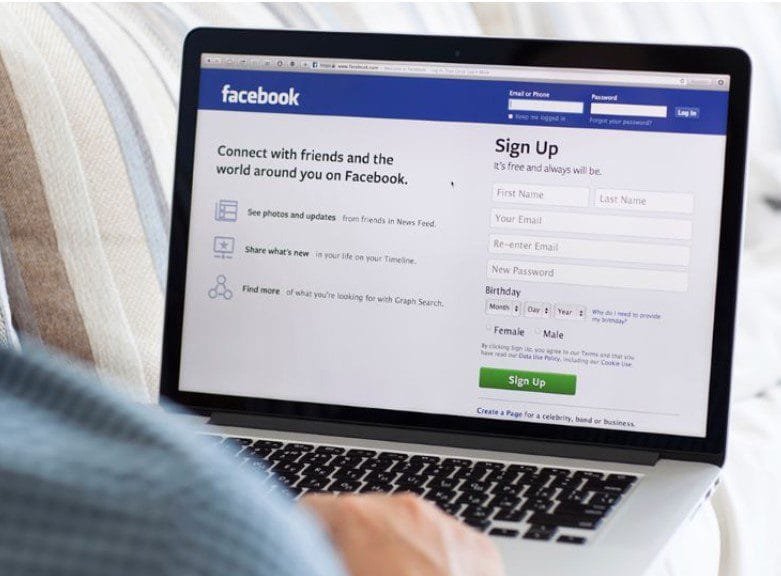
You should also visit the ad preferences page and click on “Ad settings”. Where it asks “Do you want search engines outside of Facebook to link to your profile?”, answer no. You can also limit the range of people who can look you up using the email address and/or phone number you gave Facebook, though that can make it harder for friends to find you. You can exclude by name anyone you don’t want to see something. Instead, limit visibility to friends, perhaps, or customise it. The main entry is “Who can see your future posts?” You probably won’t want to use Public, which means anyone on or off Facebook.


To do this, click the down-arrow on the far right of the blue heading bar, select Settings from the menu, and then Privacy. When you do post something, you can control who sees it by using each post’s settings menu (three dots), but it’s better to choose settings for your whole account. Joining Facebook is easy, working out your privacy settings is more difficult. You can’t get out of having these, but again, you don’t have to post anything to them. You will also have a timeline under your name, which used to be your wall. When your friends post things on Facebook, they will appear in the news feed. It’s much better to track people down one by one, though it is more work.Īnd that’s it. Facebook encourages you to upload your contacts book (see above). Next, to make the system work for you, you have to “friend” people you know. The more details you enter, the easier it will be for friends to find you. However, there could be from dozens to thousands of people who have the same name as you. Your profile photo could be a cartoon character. After that, everything is optional.įacebook will want you to complete your new profile by uploading a mug shot and a cover photo, entering the names of schools or colleges you attended, where you live and so on. Both may be used for advertising purposes.

You will also be asked for your date of birth – because you have to be at least 13 years old to join – and your choice of gender. However, if you run into a problem, you may have to provide an acceptable form of ID to verify it later. To sign up for a Facebook account, you need a name and a working email address or mobile phone number. Get over it.” Minimal Facebookingįacebook’s many communication services make it a useful tool, but you don’t have to give it every bit of information it asks for to use it. This was already obvious in 1999 when Sun’s Scott McNealy said: “You have zero privacy anyway. This information may be about you, but it isn’t yours: it belongs to the people who shared it.Įither way, any organisation that knows your real name can probably find out a lot about you.

As a result, when you sign up, Facebook may already know who most of your friends are. Some of them may also have posted images of you, mentioned you in comments, or linked to things you posted on other services. While you can choose how much information you post on Facebook, and how widely you share it, your friends may already have given Facebook your email address as part of the “find friends” procedure. What distinguishes Facebook from Twitter, Reddit, Metafilter and so on is that it is based on real identities, which are fundamentally public. While there’s no obligation to participate, there are much trickier questions about privacy and tracking. We don’t know the number of lapsed or (literally) dead accounts, but in September 2018, Facebook reported 2.27 billion monthly active users (up 9.6% over the previous year) and almost 1.5 billion daily active users (up 9.3%), despite losing about 1 million users in Europe. Facebook’s participation levels appear to be much higher than that.


 0 kommentar(er)
0 kommentar(er)
